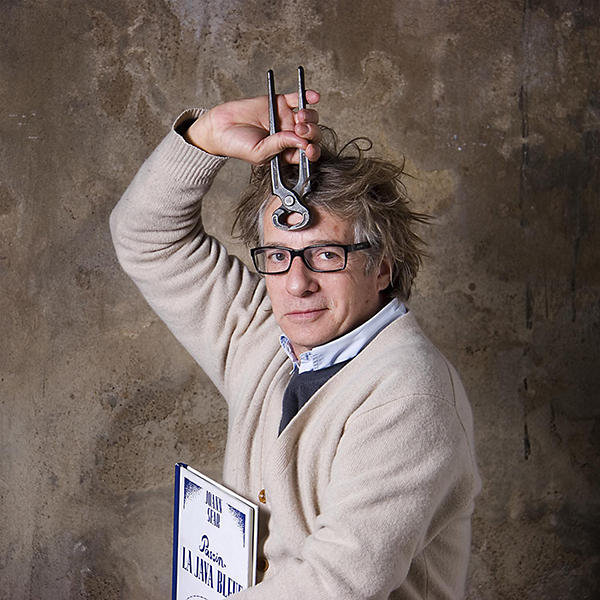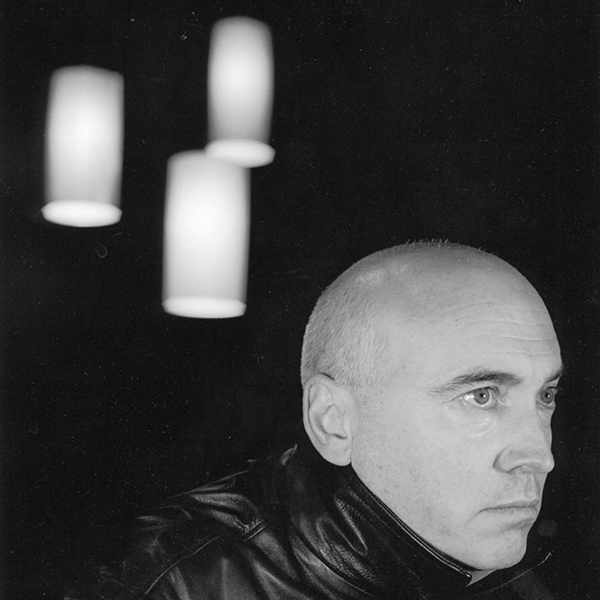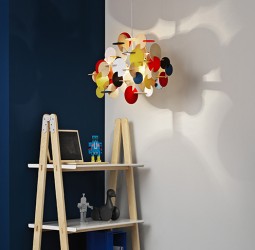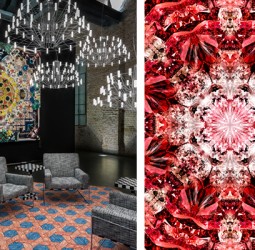by Javier Mariscal

設計師Javier Mariscal
這個地毯上的圖案來源是1987年Mariscal所作的水彩畫。設計師把這幅畫的基礎線條轉換到波斯地毯上。以這個概念為直接出發點,設計師不斷地發展以獨特圖案來喚起對卡通以及東方和西方回憶的設計。在同一個產品中體現手工藝和現代設計。
設計師Javier Mariscal以“創意無界限”為設計理念,用他的敏感度貫穿許多不同的準則、藝術以及其他方面。
The original sketch for this rug was a watercolour painted by Mariscal in 1987. The design transmits the basic outline of the classic Persian rug. Using this concept as a starting point, the design is updated using unique patterns reminiscent of comics, synthesizing East and West, placing traditional craftsmanship and contemporary design in one product.
Javier Mariscal,marked by his “creative incontinence”, Mariscal has been expressing his sensibilities through a variety of disciplines, artistic or otherwise.
Black on white :Estambul
Black on white Limbo
by Xano Armenter
出于對回憶的敬意,Armenter以世界性的壇場為基礎設計他的地毯。特色是以樓梯形或者螺旋朝向中間,圖案是受到蛇梯棋的啟發,這是一個依靠運氣的游戲。Xano Armenter出生于Catalan 的Las Palmas家庭,他在巴塞羅那學習平面設計和藝術。設計師追尋Catalan主義、地域概念論和流行靈感。
Acting as homage to his memories, Armenter based his rug design on a cosmopolitan mandala. Featuring a staircase or a spiral towards the centre, the pattern is inspired by Snakes and Ladders, a game wher everything depends on chance.
Born in Las Palmas in a Catalan family, Xano Armenter studied graphic design and art at the Escola Eina in Barcelona. The artist looks to Catalan informalism, emergent local conceptualism and pop for inspiration.

設計師 Xano Armenter
Black on white Manuscrit
by Joaquim Ruiz Millet

設計師Joaquim Ruiz Millet
1991年,Joaquim Ruiz Millet開始寫作一本小說,打算于十年后完成。在這十年的醞釀期之間,一頁未出版的手稿產生了一些周邊產品,比如Manuscrit地毯,通過紡織將這個作品從手上傳遞到腳下。設計師Joaquim Ruiz Millet是一個建筑師,與Ana Planella 創立了Galeria H2O。同時也是作家和編輯,出版了一些著作。
In 1991, Joaquim Ruiz Millet began to write a novel that he would finish 10 years later. During this 10-year gestation period, a page of the unpublished manuscript gave birth to a series of objects, such as this rug, with spindly characters that transmutes the work from hands to the feet. Joaquim Ruiz Millet is an architect, founder with Ana Planella of the Galeria H2O (1989), editor and writer, he has published the monograph Barba Corsini, Arquitectura/Architecture (1995).
BW LIMBO 和 Black on white Manuscrit
Collage 1966
by Eduardo Chillida

設計師Eduardo Chillida
“藝術與未完成和未創作有關,這是一些外在的東西,在未來可以追尋的東西。” Eduardo Chillida說道。Eduardo Chillida的藝術品代表了20世紀末期最高的藝術成就之一。為了向藝術家致敬,Chillida系列依照年代順序選取一些作品作為參照,Figura Humana - 1948, Dibujo Tinta - 1957, 和 Collage – 1966,這些作品反映了他的著名雕塑Peine del Viento的醞釀過程。這個系列還包括兩個手的速寫作品。
Chillida的藝術風格被完全地傳遞到這個地毯上,用不同的技術和材料手工制成,表現不同的紋理,真實展現他作品的精髓。
“Art is linked to what hasn’t been done yet, to what has not been created yet. It is something outside of you, in the future, something to search for.” Eduardo Chillida
The artwork of Eduardo Chillida (1924-2002) represents one of the greatest artistic accomplishments of the late 20th century.To pay homage to the artist, the Chillida collection was created based on a chronological selecion of his work: Figura Humana - 1948, Dibujo Tinta - 1957, and Collage - 1966, pieces that reflect the gestation process of his renown sculpture: Peine del Viento located in San Sebastián. The collection also includes two depictions of his famous hands: Mano and Manos from the ‘90s, and Gravitación from 1993 and 1994.
Chillida’s artistic nuances have been faithfully translated into rugs, all handmade using various techniques and fibres, such as wool, silk, and hand-spun mohair, to create different textures, showcasing the essence of his work.
Collage 1966





